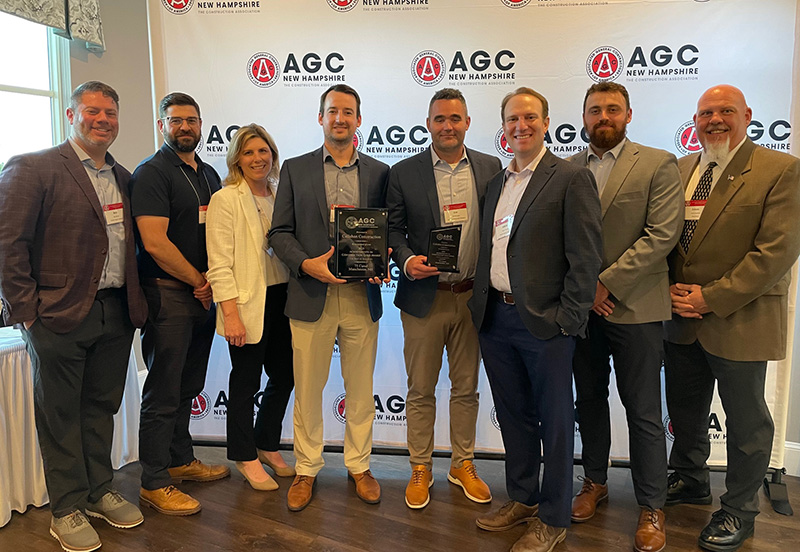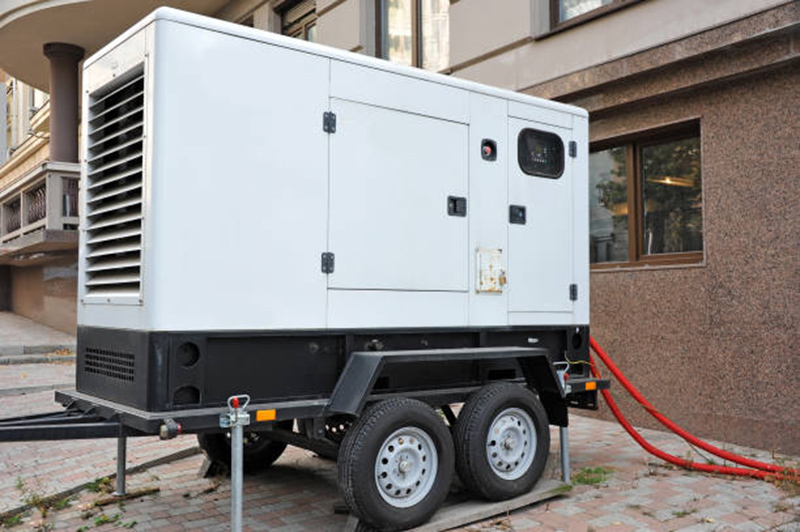News: Construction Design & Engineering
Posted: November 20, 2014
Designing with water to make Boston more resilient
A recent national survey of city dwellers found that waterfronts are their favorite open space - even more popular than parks and trail systems. This trend is increasingly evident in Boston's Seaport, where housing, office and entertainment development is at a fever pitch.
But at the same time, after seeing the damage Superstorm Sandy caused New York City two years ago, Boston residents and policy makers are increasingly concerned about the threat of sea level rise and the danger of storm surges.
How do we balance our desire to live, work and play near the water with the need to keep the ocean out of our subway?
One solution is what the Dutch have come to call "Living with Water," a design philosophy that sees sea level rise as a design opportunity. For example, we can:
* Design buildings that can recover relatively quickly and cheaply from floods. Johnson & Wales, the Providence-based university specializing in business and hospitality, built their signature culinary arts center right on Narragansett Bay, where it is vulnerable to storm surges from both the east and the south. A "sacrificial" first floor elevates expensive professional equipment above the floodplain while providing conference and loading dock space. Breakaway glass and bricks allow floodwaters to flow through the first floor, preventing harm to the building's structure.
Commercial buildings in low-lying areas such as Boston's downtown and Seaport districts can similarly benefit from materials and strategies that anticipate salt water flooding. Other best practices include using submergible materials such as tile and concrete, prohibiting first-floor residential housing, relocating vulnerable equipment to higher floors, and elevating electrical outlets and wiring to above anticipated flood levels.
* Think like a duck. Dutch architect Ken Olthuis is developing floating apartments that ride the tide. With property values at a premium, virtually all of Boston's new waterfront housing has been beyond the budget of many middle- and working-class residents. Floating high-density housing could be designed to better accommodate residents of varying income levels in East Boston, Charlestown and elsewhere.
* Think like a salt marsh. Similar to what the Dutch government has done with its "Room for the River" program, waterfront communities need to anticipate future flooding and consider providing space to manage that water without harm within urban limits. In Boston, the Bay Back Fens historically served this purpose. This Frederick Law Olmstead-designed urban wild provides an urban oasis for harried residents, while managing excess rainwater from flooding surrounding streets and basements. Where else could we make more room for water? Could a Sapphire Necklace one day complement our beloved Emerald Necklace?
* Plan for increased flooding over time. Boston's waterfront is undergoing a dramatic renaissance, turning abandoned industrial lands into new businesses and residences. In Hamburg, Germany, developers created a double-decker HafenCity (Harbor City) that anticipates future flooding by elevating some buildings and passageways up to 30 feet while creating floodable plazas and promenades much closer to the river. With elevated Summer St. in the Seaport District, we have similar opportunities to pair elevated structures with floodable public spaces to mitigate flood risk.
Designing with Water offers other precedents from around the world to guide how Boston adapts to rising sea levels in the future. Our challenge is to prepare Boston's people, buildings, and infrastructure to manage increasingly-frequent coastal flooding while maintaining and enhancing the economic and social vitality of this historic city. By taking a proactive approach, we can successfully prevent flood damage even as the tide rises well beyond historical norms. Boston must change. Together we can make it even better.
Jason Hellendrung is a principal at Sasaki Associates and Julie Wormser is the executive director of The Boston Harbor Association, and they are co-authors of Designing with Water: Creative Examples from Around the Globe.
MORE FROM Construction Design & Engineering
Nobis Group awards Robinson and Moreira STEM scholarships
Concord, NH Nobis Group, a 100% employee-owned consulting firm specializing in engineering and environmental solutions across the Northeast, has named the recipients of its 2025 STEM Scholarship: Andie Moreira of
Columns and Thought Leadership

The rise of incubators and co-working spaces: The latest in life sciences - by Matt Combs
In recent years, the life science industry has witnessed a shift in how companies operate and innovate. One of the key driving forces behind this transformation is the emergence of incubators and co-working spaces specifically tailored to meet the unique budget and schedule needs of startups.

Careers in Construction Month focus on training and safety - by Joe Camilo
October is Careers in Construction Month, and rarely has it been more consequential. According to our chapter’s national parent organization, the construction industry needs to attract half-a-million new workers in the coming year to meet demand. Addressing that need is a huge job, but we at ABC MA are trying to do our part.

Ask the Electrician: Is summer a prime time for commercial electrical maintenance?
The answer is “Yes!” While January marks the official new year, many businesses view September as a fresh start. This makes summer an ideal time for commercial property owners to schedule long-term electrical maintenance projects.

The design-build advantage: Integrated interior design solutions - by Parker Snyder
When it comes to corporate interior spaces for both commercial and industrial projects, partnering with a design-build firm with in-house interior design services can offer clients many benefits. Unlike traditional delivery methods where interior designers operate independently from the design and construction teams, often creating a longer project timeline as cost negotiations and revisions ensue








